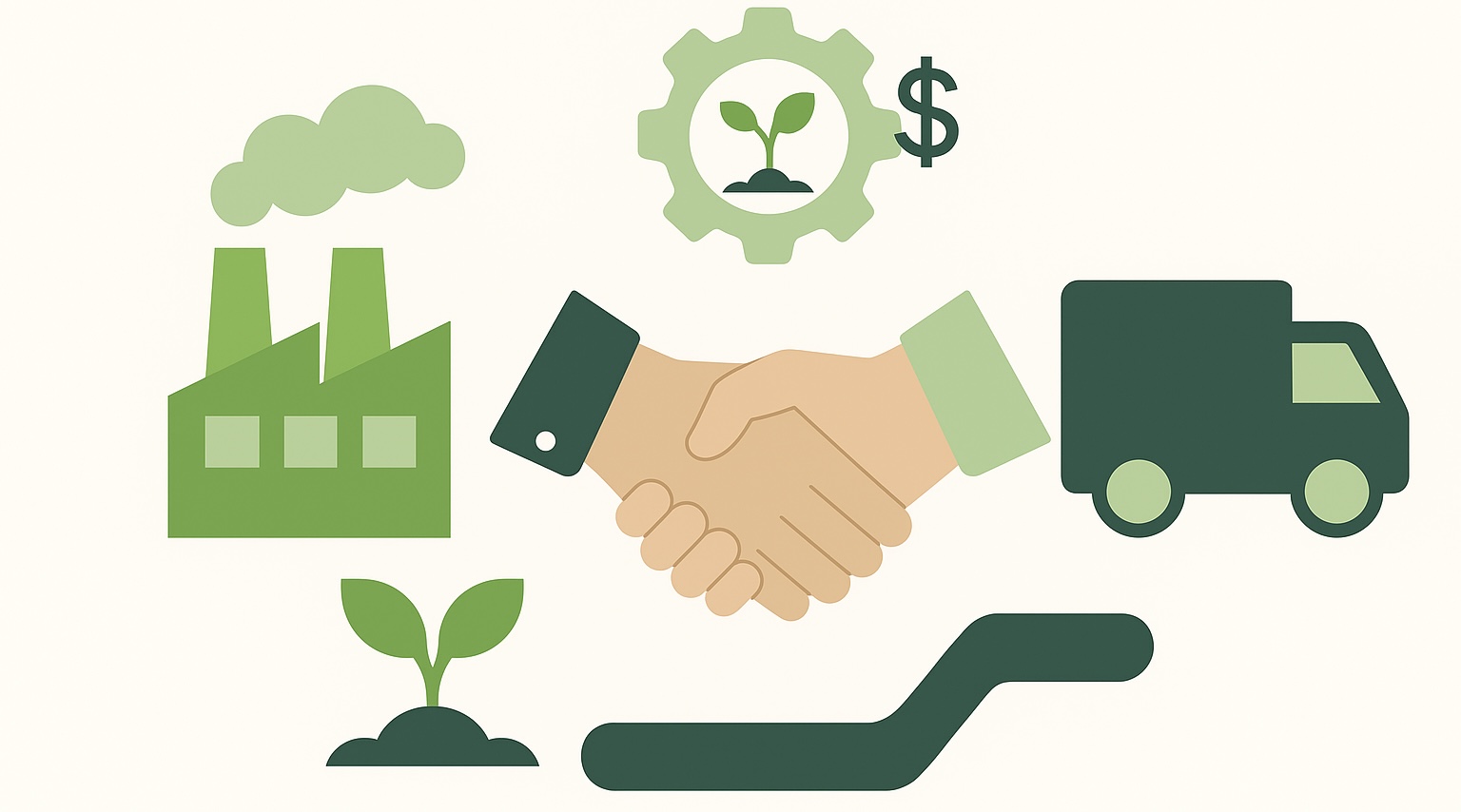
Getting accurate emissions data from suppliers is one of the biggest challenges in Scope 3 reporting. Many manufacturers face resistance, delays, or incomplete data when trying to build a transparent carbon footprint. The good news? There are ways to make the process smoother—without turning it into a conflict.
Build Trust Before Asking for Data
Suppliers are more likely to share emissions data when they understand why it's being requested. Be transparent: explain your sustainability goals, regulatory needs, or customer expectations. Highlight how sharing data could lead to better long-term partnerships and even open up future business opportunities.
Make It Easy—Not a Burden
Many suppliers hesitate because they fear the process is time-consuming or technically difficult. Avoid sending complex spreadsheets or jargon-heavy requests. Instead, offer pre-filled templates, links to helpful tools, or even a digital platform that automates part of the process. The easier it is, the more likely you’ll get a response.
Offer Value in Return
Data sharing should be a two-way street. Show suppliers how emissions reporting can benefit them, like benchmarking their performance, identifying energy savings, or meeting their own client demands. If you have a digital tool that simplifies emissions tracking, consider inviting them to use it. Everyone wins.